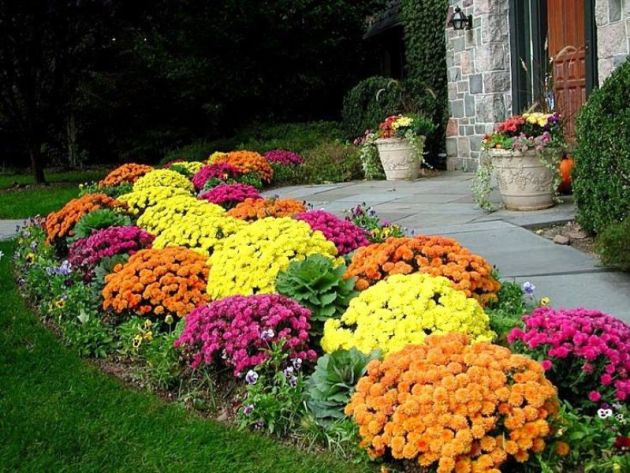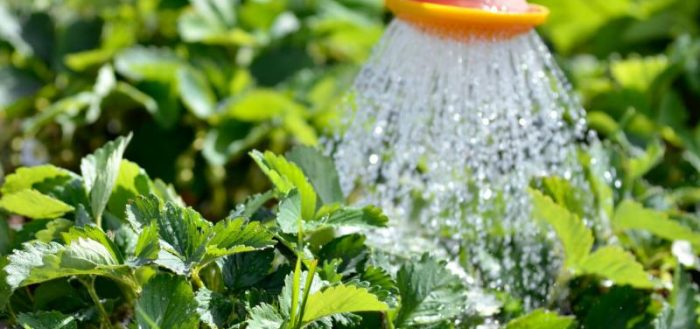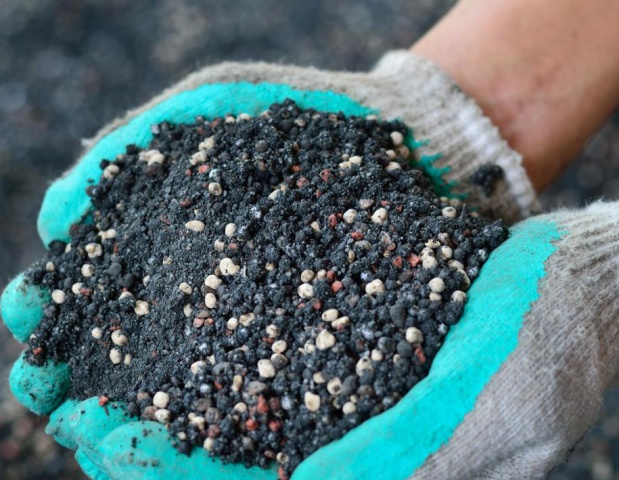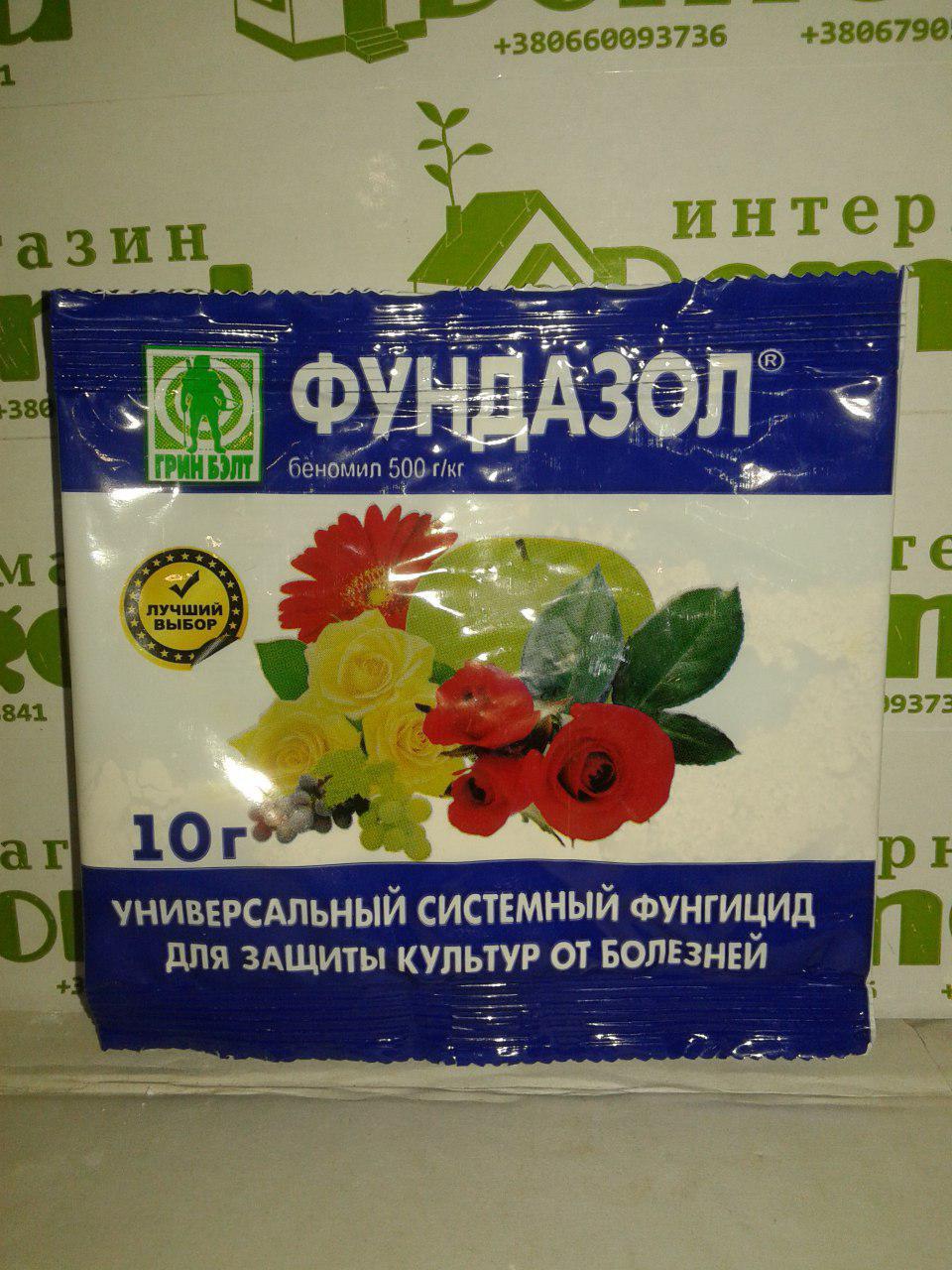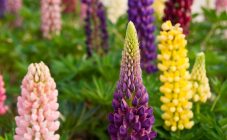It is very difficult to imagine an autumn flowerbed in the country without chrysanthemums. When the leaves are flying around on the trees in the garden, and almost all the flowers have already wilted, they delight the eyes of the owners with their many colors. Another advantage of this plant is its simplicity, care and planting still have their own characteristics.
Outdoor cultivation
At its core, chrysanthemum belongs to southern plants, but several varieties have been bred that are perfectly adapted to the Russian climate. In our area, low curb species or beautiful spherical plants grow. The most luxurious large-flowering varieties can only be grown in warm climates or potted homes.
An important feature of such a perennial as chrysanthemum is that the plant does not tolerate high humidity during wintering, therefore it is very important to organize good drainage.
Landing features
Frost-resistant varieties are suitable for long-term cultivation in the open field. It is best to choose zoned species, as well as seedlings grown from seeds. Before you learn how to plant chrysanthemums, you need to understand where they will grow best.
An ideal growing area will be a plot that meets the following conditions:
- the site should be illuminated by the sun throughout the day;
- the soil should be moderately moist, but without stagnant water;
- it is important to provide wind protection.
The soil for planting chrysanthemums should be loose, perfectly permeable to moisture and have a mild acidity. It is important to take care of the fertility of the soil, if it is scarce, then the flowers will be rare and small. To increase fertility, peat is added to the planting pits.
When digging a site for each square meter, a special nutritional composition is added, consisting of 30 g of urea, 100 g. superphosphate, 20 gr. humus and 100 gr. potassium sulfate.
Most often, these flowers appear on sale in the fall. Chrysanthemums in pots are sold. Whether these plants can be planted in open ground is of interest to many. It all depends on the variety. Nevertheless, at this time it is better not to disturb the plant, since it has already given all its strength to flowering, they simply will not remain for rooting.
Planting chrysanthemums is best done in springtime. In the southern regions, planting is carried out in late April or early May, but the northern territories of Russia should wait for the last spring frosts, only then planting chrysanthemums is carried out.
When disembarking, the following conditions must be met:
- the hole is dug to a depth of 40 cm;
- after planting, the plant is not buried;
- the distance between individual bushes is 40 cm;
- the plant needs an opera in the form of pegs.
Some people have the question of how to plant chrysanthemums in the fall, since there is simply no other opportunity. Autumn planting is not much different from how to plant a chrysanthemum at other times. You just need to be prepared that plants take root in the northern regions worse than in the southern regions. Planting in late September or early October.
Chrysanthemum care
Chrysanthemum belongs to unpretentious perennial plants, but compliance with some rules of agricultural technology is simply necessary.If you look after correctly, then chrysanthemums, planting and caring for which in the open field are simple, will delight you with beautiful, abundant flowers in late summer and autumn.
Early spring care
After the snow melts and the spring frosts end, a layer of mulch is removed from the area where chrysanthemums grow. The plant is weeded with thorough loosening of the soil. The first fertilizer complexes are introduced. In early spring, it is preferable to use nitrogen compounds that promote the growth of greenery. After reaching a bush of 15-20 cm, they begin to form a bush - each branch is pinched, which guarantees a beautiful branching. Also, at the beginning of spring, they carry out preventive treatment of the bushes with special preparations in order to protect the weakened plant after winter from damage by diseases and infections.
Summer care
Despite the fact that the first flowers will appear only by the end of autumn, they do not stop leaving in the summer:
- loosening the soil and removing weeds;
- top dressing is made regularly every month;
- the formation of bushes does not stop.
When the first signs of disease appear, treatment with special compounds should be carried out.
In order to get the desired result from the plant, the basic rules of agricultural technology are followed, which will consist of their simple procedures: watering, feeding, forming a bush and protecting against diseases and pests.
Watering
Water the plant as needed. Most often, watering once a week is enough by abundantly wetting the upper layers of the soil. In summer, at high temperatures, it is recommended to increase watering up to two times, before flowering it is worth watering more often (3-4 times a week).
Top dressing
To obtain abundant flowering, plants will need frequent feeding, which should contain the entire set of trace elements:
- nitrogen;
- phosphorus;
- potassium;
- calcium;
- magnesium;
- sulfur;
- iron;
- manganese, etc.
For top dressing, it is best to use full complex formulas that have the formulas NPK 5-10-10 or NPK 5-10-5.
If the bushes are planted in spring, then in the first season it is enough to carry out 2 dressings. From the second year, fertilizer should be applied every month. Since August, only phosphorus compounds have been used.
Bush formation
To force the plant to actively branch, in early spring, when the shoots reach 15-20 cm, pinch the tops, removing 2-3 cm.After the new lateral branches grow to 15 cm, the tops are removed again. 50-60 days before flowering, the formation of the bush is stopped.
Reproduction of bushes
Chrysanthemum bushes should be renewed every 3 years. A similar procedure is performed in early April. Reproduction can be carried out in various ways: by seeds and seedlings, cuttings, dividing the bush.
The division of the bushes is performed as follows:
- The parent bush is dug up.
- Young shoots, 5-7 cm high, are separated.
- They are seated in holes made at a distance of 40 cm.
- After the new plant reaches a height of 15 cm, pinch the top (break off).
Diseases and pests
When growing chrysanthemums, like any plant, certain difficulties may arise, provoked by pests and diseases.
Treatment should be carried out at the very first signs of a problem, the best protection will be prevention of their occurrence.
Among the main preventive measures should be highlighted:
- To prevent decay of the roots, phytophtorin is added with each feeding.
- To prevent damage from viral and infectious diseases, after each rain, they are treated with drugs such as Quadrix, Previkur, and so on.
- Ratibor, Fitoverm, Aktara and so on will help protect the plant from caterpillars and leaf rollers.
- You can fight aphids, spider mites using soapy water, insecticides, garlic extracts.
Preparing for winter
In late autumn, when abundant foliage begins to die off, the entire ground part of the plant is cut off. Only a part, 15-30 cm high, is left above the soil. To protect the plant and protect it from frost, it is recommended to cover it with a good layer of mulch made of straw, spruce branches, fallen leaves or sawdust.
Experienced gardening tips
In order for chrysanthemums to delight the eyes of the owner for a long time, you should heed the recommendations of experienced florists:
- For the cold Russian climate, you should choose frost-resistant perennial varieties.
- In order for the flowers to be large, you should regularly feed not only root, but also by spraying.
- In order not to lose the plant in winter, you can transplant some of it into containers, and carefully cover the rest for the winter.
- For a beautiful flower bed design, varieties with different heights should be planted.
- Chrysanthemums do not like soils with a lot of clay.
- In the garden, shrubs can delight with flowering for a long time, if you select varieties with different ripening periods.
As you can see, planting and caring for perennial chrysanthemums in the open field will not cause difficulties. Today there are many colors of this shrub, so you can successfully fit the plant into landscape design and decorate your garden flower bed.
